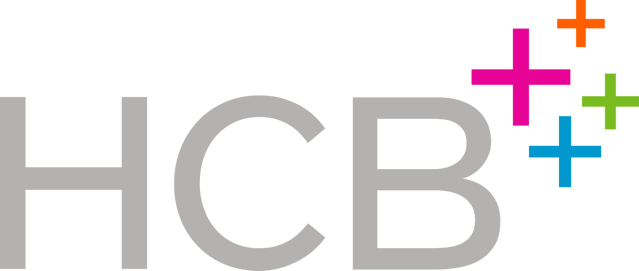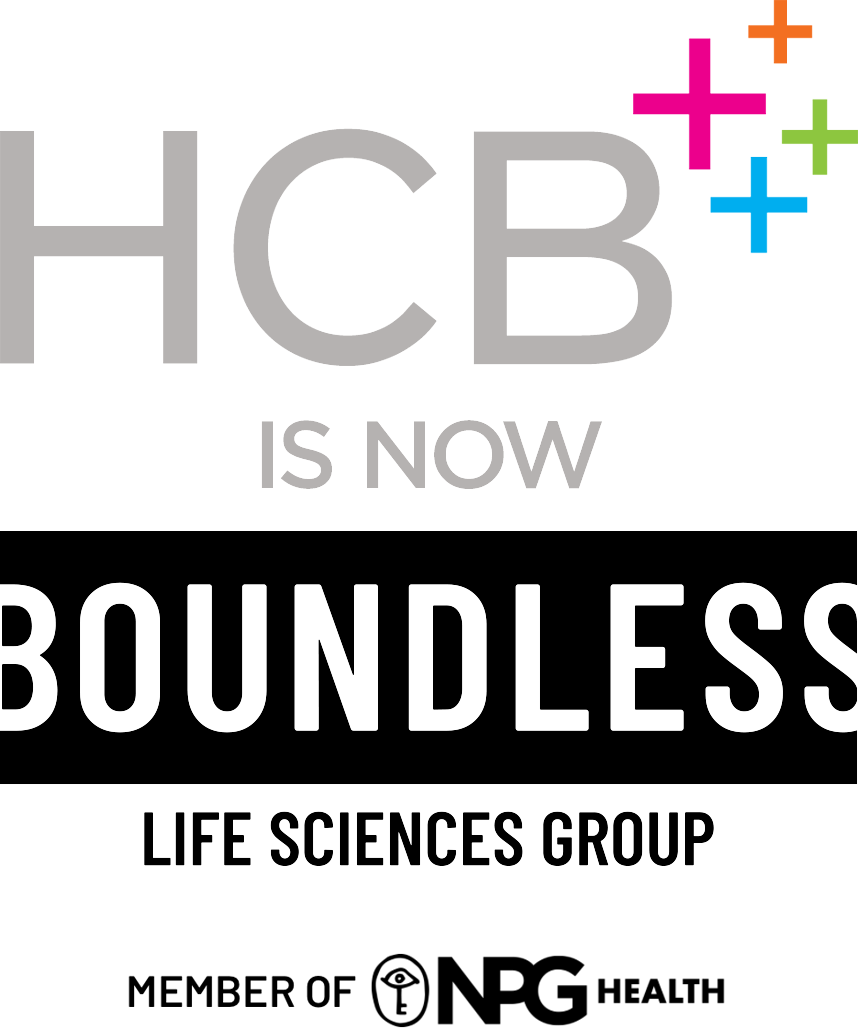We’ve heard a lot about disruption in the media world. All the disruption is the result of a proliferation of digital media tactics, big data and platforms. This disruption has mostly happened in the consumer media world, but over the last couple years, we’ve started to see major changes happening in the world of HCP media. Agencies and clients are finally starting to realize the benefit of using big data and digital platforms to achieve HCP marketing in a much more efficient and effective way.
The disruption we are seeing is coming through two big changes:
- Utilizing targeting data to hyper-target to potential audiences
- Using campaign analytics to optimize campaigns for better outcomes
Data Targeting:
How has data targeting changed the game? Data targeting is allowing us to target our audience in completely new and effective ways. We can now identify specific users by a very specific criteria and serve ads to those individuals through programmatic buying. This allows us to reach those individuals outside of their professional channels and engage them within their personal channels.
Some of the ways we can identify and target HCPs are:
- By specialty: i.e. cardiologists
- List match: targeting individual physicians by NPI numbers
- By Rx written
- ICD-9/ICD-10 codes
- Geotargeting
- And many more
These capabilities allow us to directly target very specific audiences, down to an almost 1:1 level. We have worked with clients to identify specific physicians their sales team is focusing on and through NPI numbers, targeting only those physicians on their priority list. This is a great way to ensure brand awareness when the sales rep is in front of the physician and make sure their time in front of the doctor can be spent selling the product.
We also have the ability to use these targeting methods to target specific practices and all staff included in those practices. By geofencing a practice, we can determine who works in that specific practice and retarget them as they come and go from the office. We’ve used this tactic when our clients want to speak to not only the physician but the entire office staff.
The analytics from these campaigns many times show that they outperform the more traditional professional channel targeting. Professional ads appearing in personal content tend to stand out to the user and breakthrough the typical ad clutter, resulting in higher CTRs and engagement vs traditional campaign averages. Not only is it an effective way to reach HCPs, but it’s also very efficient. Essentially, programmatic buying allows us to reach HCP targets at a fraction of what we would spend to reach them in professional channels.
Analytics:
On the paid media side of the equation, we use analytics to inform our planning, buying and optimization of campaigns. It’s critical we use historical data to guide our planning process. We determine where we’ve had success in the past and why those tactics were successful. Once we have plans approved and launched, it’s critical to rely on timely data for plan optimization. We use the real-time data from campaigns to help us optimize every component of the campaign: creative, publishers and placements.
Not only do we look at the data generated by the paid media campaign, but we also look at the paid media data through a multichannel lens. We want to see how the paid media campaign is performing with all other channels of the campaign: earned, owned and shared. We need to see how this data interacts with the paid aspect of the campaign and how can we optimize the paid side of the campaign to increase all the other channels in the equation. Looking at the analytics this way ensures we are always running ads that are focused on maximizing paid media KPIs as well as optimizing all other forms of media where we have the opportunity.
Why it matters:
These technologies will have a major ripple effect through HCP marketing. The changes allow us to better identify and serve ads to our clients’ targets. This has had two major effects. The first: It allows us to target more efficiently. We can now target the same audience for a fraction of the cost it used to when only running in professional journals and content. Second: It’s given us the ability to optimize campaigns on the fly. We can see in real time what is working and what isn’t working, make changes and improve the campaign on a daily basis.
Here at HCB Health, we’ve been embracing these two digital media fundamentals for years. We’re very proud of our digital DNA. We were one of the first mid-sized agencies to work with data vendors to import HCP data into our own DSP platform and run campaigns on behalf of our clients. And we’ll continue to stay ahead of the curve and bring the most leading-edge digital opportunities to our clients’ campaigns.
Dave Russell is the VP of Media Strategy at HCB Health. Connect with Dave on LinkedIn.


